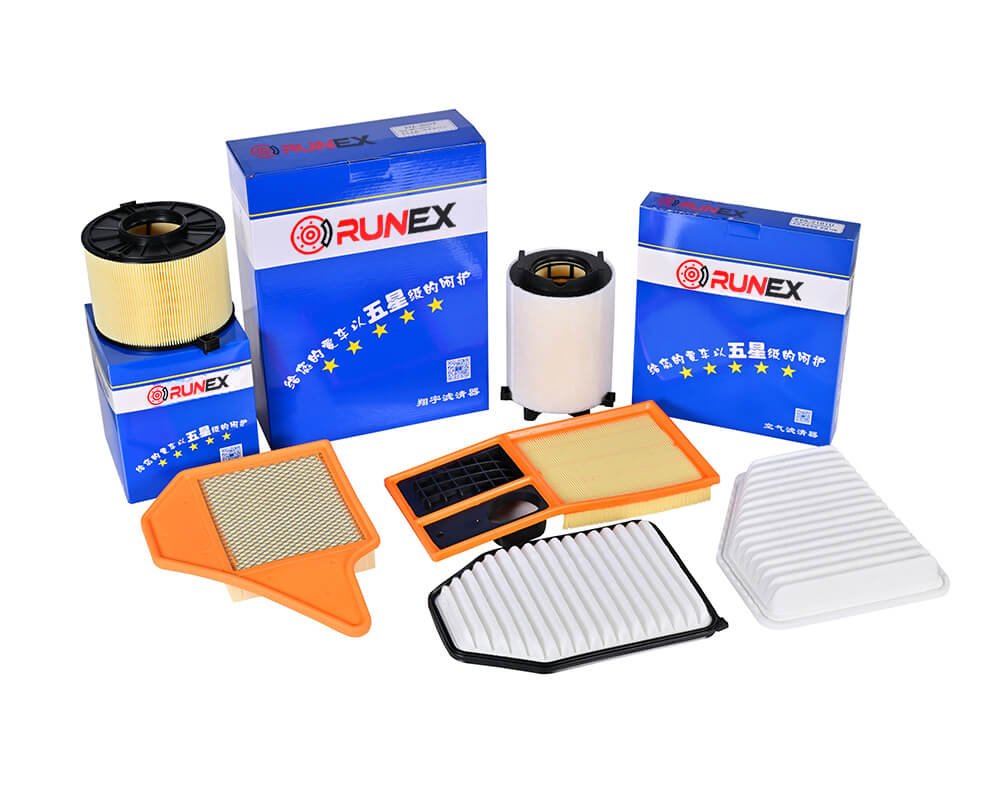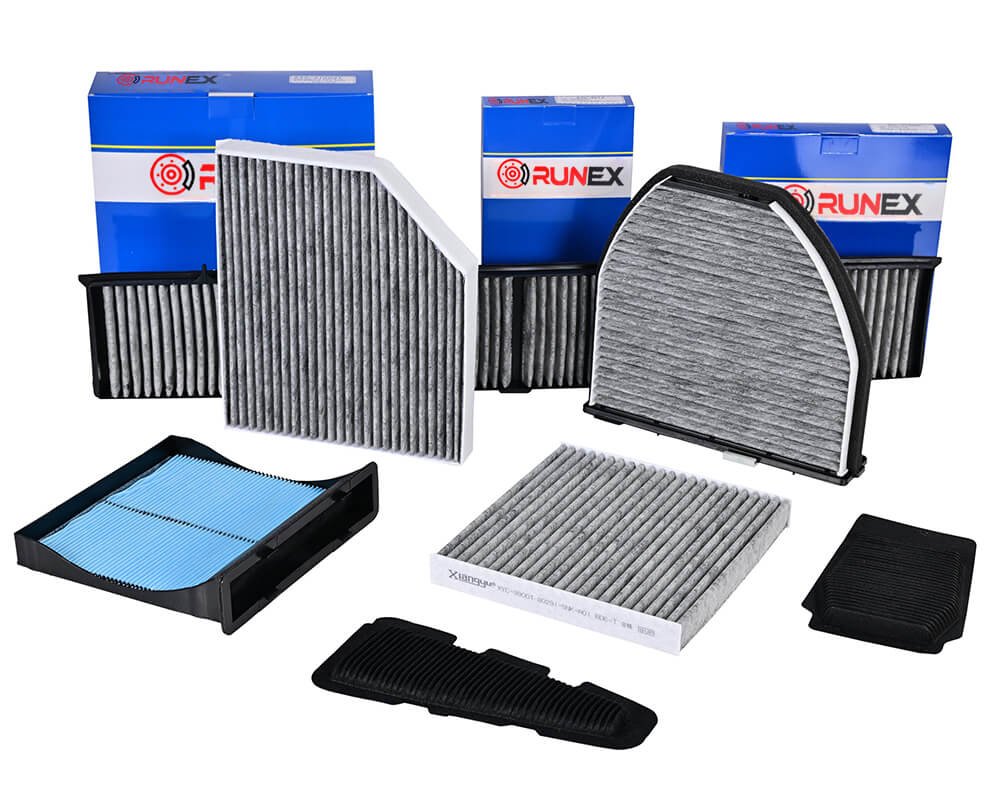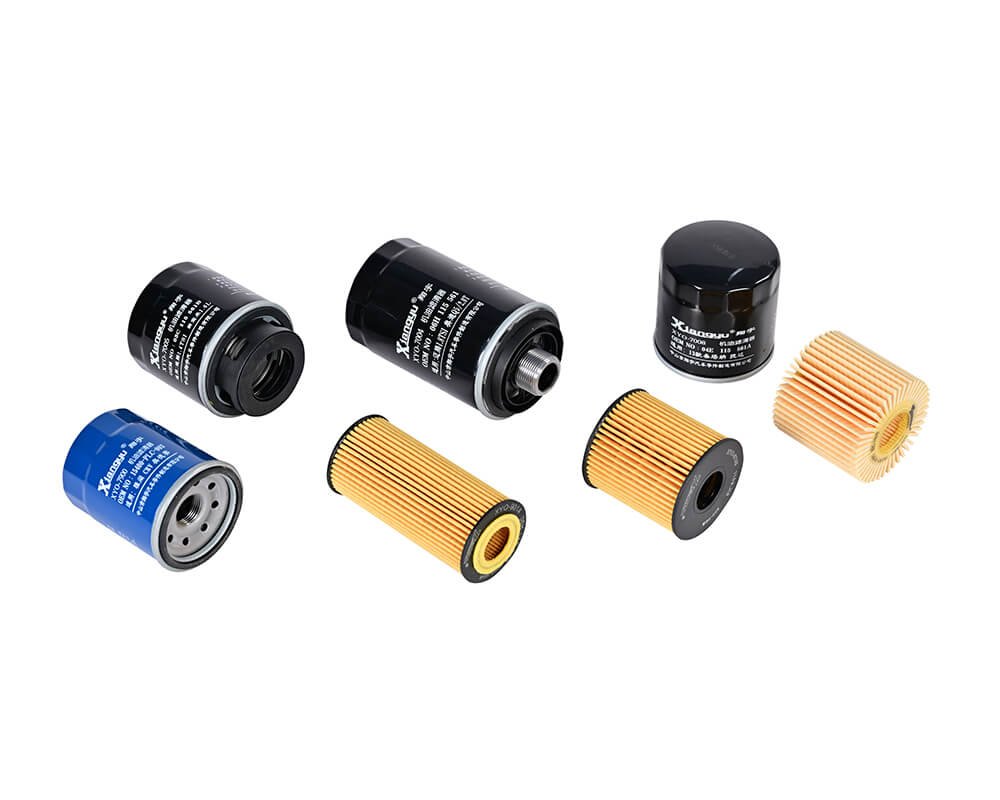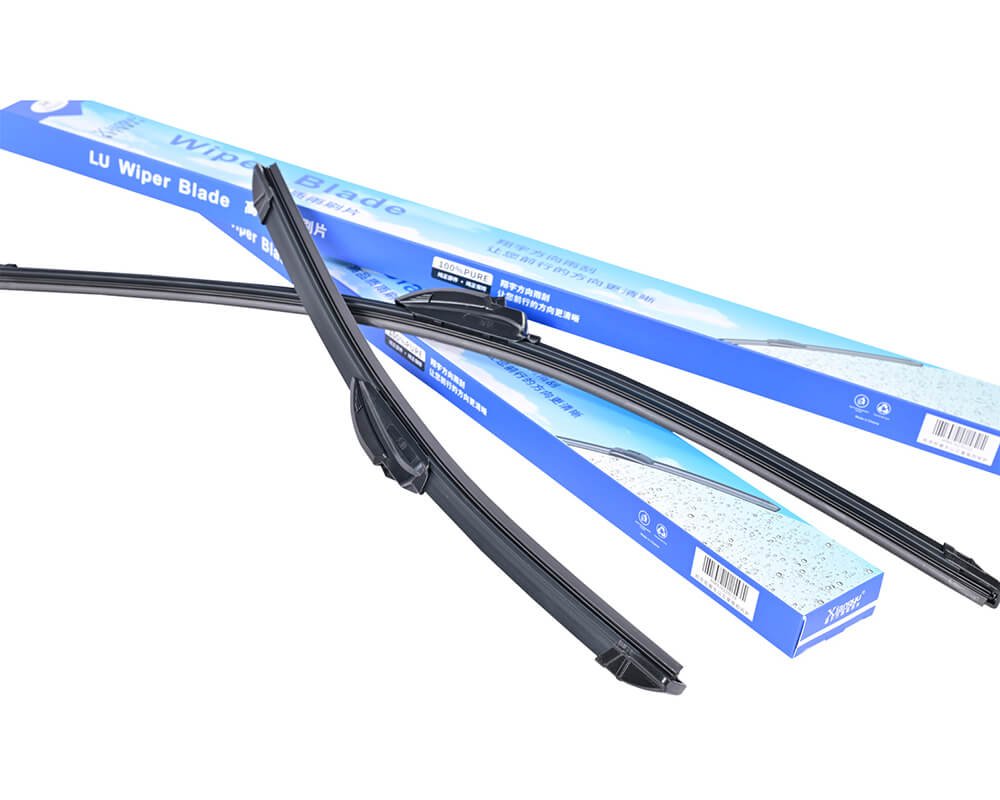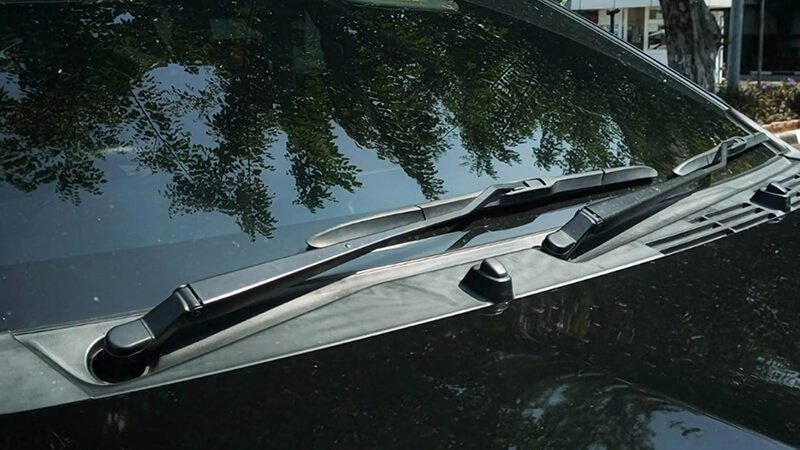Many drivers ignore wiper blades until heavy rain blocks the view. The problem grows, stress rises, accidents loom. I ease that stress by showing a straight‑forward test that fits any routine service.
Good wiper blades wipe smoothly, leave no streaks, and keep that clean sweep for at least six months; to confirm this, I look at edge wear, rubber flexibility, test wipe clarity with washer fluid, and check that the frame holds tight to the windshield.
A short system like this protects your eyes and wallet, but the deeper story explains why every step matters, how lab data guides my choice, and how small changes raise road safety. Keep reading and you will have a clear method ready for your next stock check or Sunday garage visit.
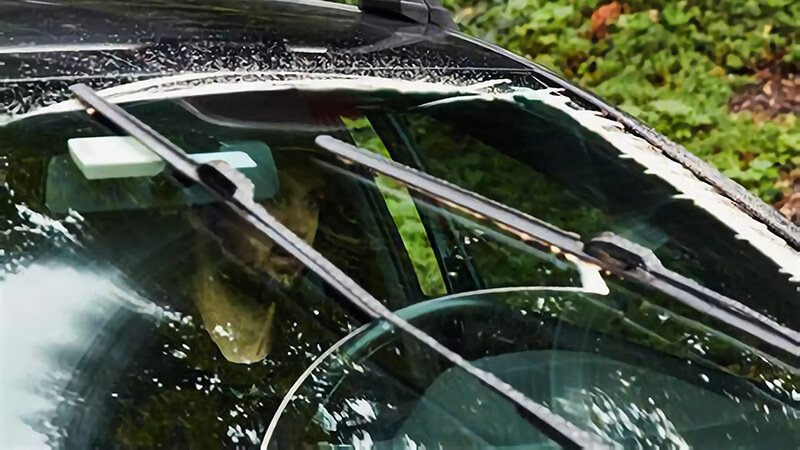
How to check if wiper blades are good?
Many people wait for a squeak before they act. By then the rubber edge is torn, and fine dust scratches glass. I point out clear early signs, so you fix the issue while parts are still cheap.
A good wiper blade looks even, feels soft yet firm, bends back without cracks, and clears washer fluid in three passes; if it squeaks, skips, or leaves fogged arcs, it is past its prime.
Dive deeper
Why small cracks tell big truths
When I see tiny cuts on the rubber lip, I know ozone and UV1 have started to break the polymer chains. This aging changes the contact line, so water beads stick and light scatters. The fix is simple: swap the blade, not the whole arm. I record each date in my service log. Six months later I repeat the check. This rhythm fits typical fleet cycles and keeps quality on track.
Lab data guides the eye
At Runex Auto I demand each new design runs at least 500,000 cycles on our endurance rig2. That repeats two years of heavy city driving in ten days. We push the test inside a chamber that walks from −40 °C to 70 °C. The rubber must bend the same way at both extremes, or we change the compound. When I inspect a blade in the field, I know this hidden proof backs my quick visual test.
| Field Sign | Likely Cause | Action |
|---|---|---|
| Faint haze after wipe | Micro‑cracks in edge | Replace blade |
| Skips at mid sweep | Warped frame | Check arm spring, replace blade |
| Loud squeak | Hardened rubber | Replace soon |
| Uneven wipe arc | Mixed length pair | Fit matched set |
My simple table sits on my phone. It helps a technician who has minutes, not hours. With these cues, they decide on the spot, saving time and glass clarity for every driver.

How to choose car wiper blades?
Choosing feels trivial, yet poor picks ruin visibility. Price alone fools new buyers. I show how to read lab scores, fit curves, and climate notes, so one right purchase outlasts three cheap tries.
Pick blades that match the exact length in the owner’s book, use rubber rated for UV and salt fog, and carry a steel spine or beam design suited to your climate; always confirm the connector style before checkout.
Dive deeper
Beam vs bracket: form follows weather
I live in a coastal city with chill rain and salty spray. For these roads I choose a beam blade. Its single curved spine presses evenly, resisting wind lift at highway speed. In drier inland regions a classic bracket style costs less and still cleans well. The core rule is fit the climate, then the budget.
Read the spec sheet, not the box art
Marketing lines often shout “premium rubber”; I look for numbers instead. Shore A hardness3 near 55 gives a good mix of grip and wear. Tensile strength4 above 12 MPa keeps the lip from tearing. Many sellers hide these digits. At Runex Auto we print them on every case.
| Metric | Ideal Range | Why It Matters |
|---|---|---|
| Shore A | 50‑60 | Flex without flop |
| Tensile Strength | ≥12 MPa | Edge resists tear |
| UV Resistance | ΔE<3 after 500 h | Color shift shows polymer decay |
| Salt Spray | ≤1 mm rust after 120 h | Rust spreads under paint |
A short story of cost vs value
One UK distributor I advise once bought low‑bid blades that lacked salt spray coating5. Within three winter months the frames rusted, springs froze, and returns soared. After they moved to our coated beam line the return rate fell by 85 %. The price per unit was 15 % higher, yet total cost dropped once labor and claims were counted. That lesson travels well: spend on lab‑proven parts, save on headaches.

How do you inspect a wiper?
Many inspections stop at a quick glance. I add touch tests, flex checks, and a wipe demo on the glass. This full scan catches hidden faults and gives hard proof for pass or fail.
Inspect a wiper by looking for clean edges, squeezing for even firmness, bending the spine for spring force, and running it with washer fluid while checking for streaks or skips; log each finding for later comparison.
Dive deeper
The four‑step touch test
- Edge feel: I slide a fingertip across the lip. It should feel smooth, not sticky.
- Flex test: I bend the rubber back 90°. Cracks or chalky dust mean aging.
- Spine snap: I flex the arm gently; it must snap back with force. Weak spring leaves water.
- Connector grip: I tug the adapter; loose clips cause chatter.
Field wipe demo
I spray washer fluid and let the blade sweep three times. Under shop light I watch for film or beads. If lines stay, I mark the blade “replace”. This live test beats any static visual check because it shows real‑time water removal.
| Test | Tool | Pass Mark |
|---|---|---|
| Edge feel | Finger | Smooth, elastic |
| Flex check | Hand | No cracks |
| Spine snap | Hand | Quick return |
| Live wipe | Windshield, washer | Clear glass |
Safety ties to legal duty
In the UK a worn wiper6 can fail the MOT inspection7. A client once sent me photos of tiny streaks that looked harmless. Under MOT rules those streaks counted as “obvious obstruction”. I replaced the batch before fines appeared. Keeping an inspection log8 not only guards drivers but also shields a distributor from legal cost. I store all logs in cloud files so any auditor can view them on demand.
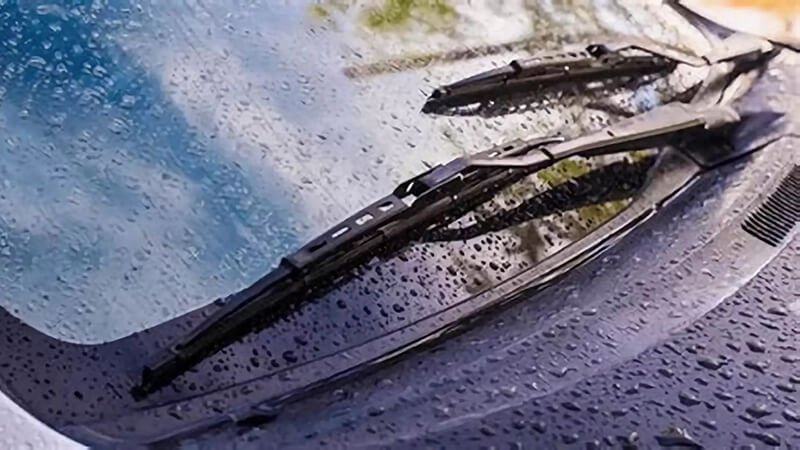
How do I find the right wiper blade for my car?
Many catalogs confuse buyers with code walls. I break the process into make, model, year, length, and connector. With one clear lookup you avoid returns and wasted minutes.
Find the right blade by matching vehicle make, model, and year first; then confirm the driver‑side and passenger‑side lengths plus rear blade if equipped; finally pick the connector type—J‑hook, Bayonet, Side‑pin, or Top‑lock—to ensure a hassle‑free snap‑in.
Dive deeper
Five data points rule the search
- Make and model: These anchor the catalog page.
- Year: Mid‑cycle refreshes can change arm design.
- Position: Driver, passenger, rear may differ.
- Length: Measured in millimeters, exact match avoids overlap.
- Connector9: The hidden hook decides fit.
Most online shops let you filter these fields, yet wrong picks still happen. I once shipped 1,200 blades to a partner who forgot that VW changed from 19 mm side‑pin to a slim top‑lock in 2021. The return trip hurt margins. Now I send a simple PDF checklist before bulk orders leave our dock.
| Connector Style | Common Brands | Quick ID Tip |
|---|---|---|
| J‑Hook | Ford, Toyota | Hook shape visible |
| Side‑Pin | Older VW, BMW | Small pin on side |
| Bayonet | Peugeot, Citroën | Straight slot |
| Top‑Lock | New VW, Audi | Lock on top cap |
Use tech to end guesswork
I built a QR code10 on every Runex Auto box linking to a short video. The clip shows how to remove the old blade and clip ours in. Joe Rich, one of my UK procurement leads, told me this cut customer calls by half. Less confusion, more repeat orders.
Climate tailors material
For Nordic fleets we ship silicone rubber11 that stays soft below −40 °C. For equatorial routes we add extra UV stabilizers. The lookup sheet lists these options. Choosing the climate grade last ensures the blade survives local stress.
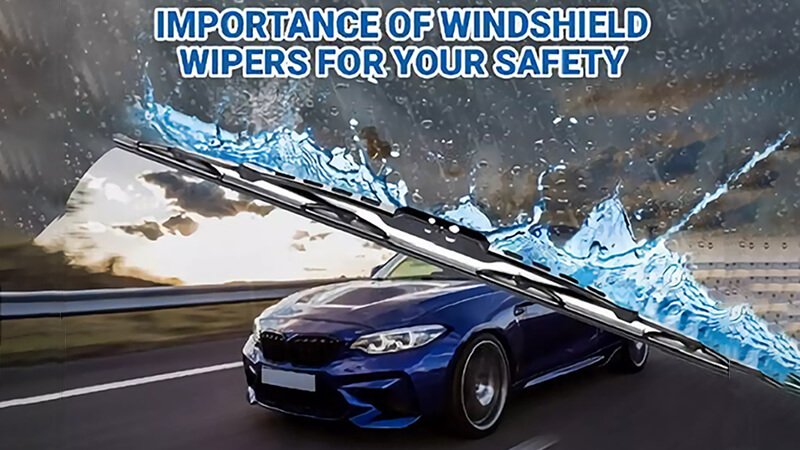
Conclusion
Clear vision saves lives. By checking wiper blades12 early, choosing lab‑tested designs, running thorough inspections, and matching fit with detail, I keep every driver safe and every order on time. The steps are simple, yet they rest on strong data and honest routines. Follow them, and you will cut costs, avoid returns, and drive with confidence in any storm.
-
Understanding the impact of ozone and UV on rubber can help in selecting better materials for durability. ↩
-
Learn about endurance rigs to understand how they simulate real-world conditions for vehicle components. ↩
-
Understanding Shore A hardness helps you choose the right materials for durability and performance in automotive applications. ↩
-
Exploring tensile strength can provide insights into material durability and resistance to wear, crucial for automotive safety. ↩
-
Learning about salt spray coating can help you understand how to protect automotive components from corrosion and extend their lifespan. ↩
-
Exploring the impact of worn wipers on safety can help you recognize the importance of timely replacements for better visibility. ↩
-
Understanding MOT inspection is crucial for vehicle safety and compliance, ensuring you avoid fines and maintain roadworthiness. ↩
-
An inspection log is vital for tracking vehicle condition and legal compliance, protecting both drivers and distributors from liabilities. ↩
-
Understanding connector styles is crucial for selecting the right wiper blades, ensuring proper fit and function. ↩
-
QR codes can streamline processes and enhance customer experience, reducing confusion and increasing satisfaction. ↩
-
Silicone rubber offers superior performance in extreme temperatures, making it essential for reliable automotive parts. ↩
-
Know auto wiper types from Runex, clicking this link to get your best price, ↩




